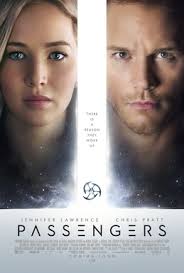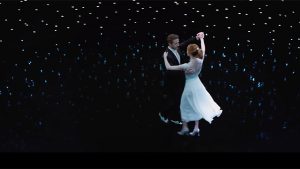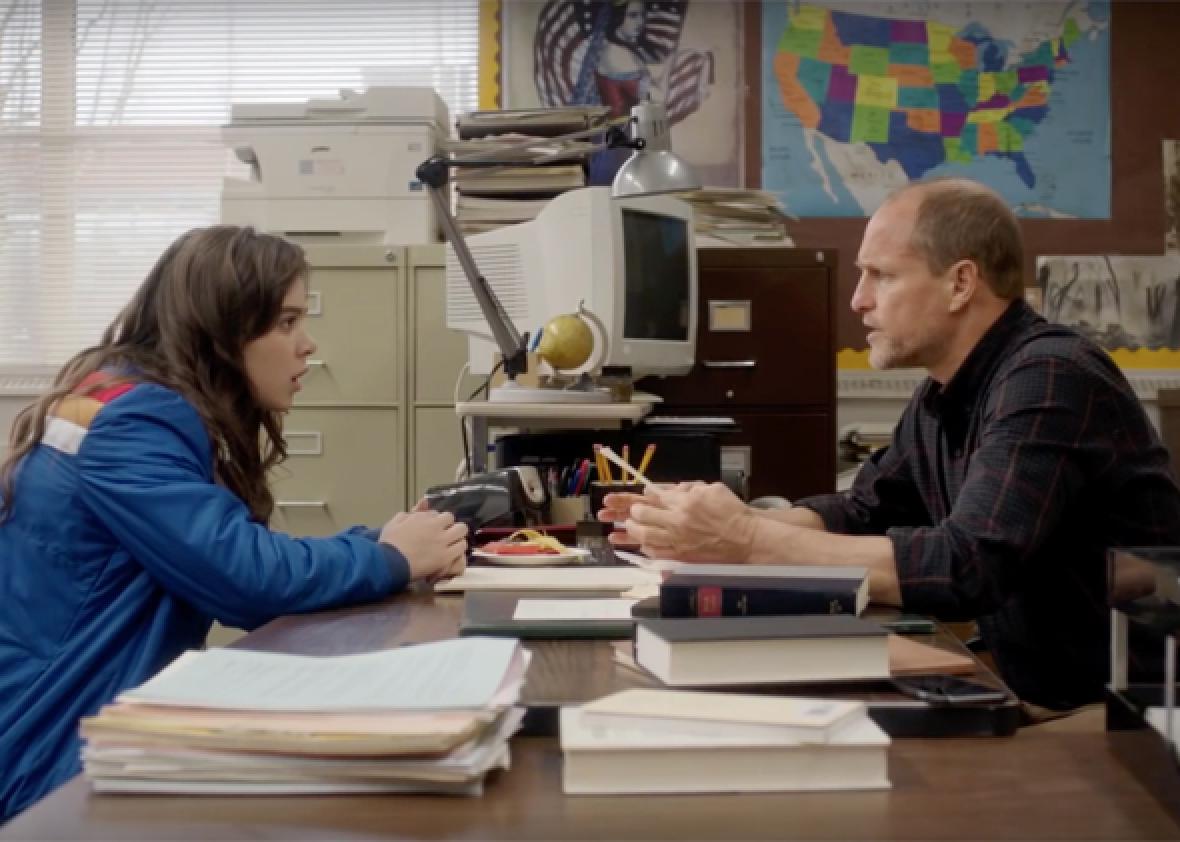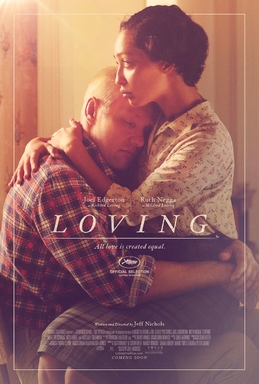The Resurrection of Gavin Stone
Posted on January 19, 2017 at 5:39 pm
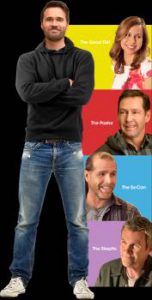
A spoiled former child star makes some bad choices and ends up sentenced to 200 hours of community service as a janitor in a church, where he is cast in the annual Easter passion play — as Jesus — in the light-hearted Christian romantic comedy “The Resurrection of Gavin Stone.” Handsome “Agents of S.H.I.E.L.D” star Brett Dalton stars in the title role, with stand-up charmer and “MADtv’s” Bon Qui Qui Anjelah Johnson-Reyes as Kelly, the by-the-rules preacher’s kid who directs the play.
We get a glimpse of Stone in his cute sit-com years, catch phrase and all, and then a look at some wild partying with a side of mayhem when he happens to be back in his home town. And so, with the sentence of community service and not being in demand any more as an actor, he has no choice but to move in with his estranged dad (“The Middle” and “Scrubs” star Neil Flynn) while he works it off, with the 200 hours counting down on his phone.
He shows up at the church, looking dissolute and louche, and asks the man fixing the furnace where to find the pastor. Of course that is the pastor (“The Cutting Edge” star D.B. Sweeney). He not unkindly hands Gavin a mop and bucket — the sharper sting is that he doesn’t recognize Gavin or know anything about his fame. The 200 hours seems like forever.
But then Gavin sees the auditions for the play and suddenly he is at home. He explains that he knows about acting and wants to try out for the lead role. It’s a lot easier than mopping, and, at heart, he really is an actor, as we see when he chooses a surprising speech for his audition — a monologue from “Hamlet” — and performs it surprisingly well. He lies and says he is a believing Christian. Kelly is pretty sure that is not true but casts him in the role of Jesus because he is a good actor and because her father reminds her that they believe in second chances.
Gavin is humorously ignorant about the details of the story and at first impetuously offers to improve the script. But as he plays the role and is inspired by the faith and kindness of the people around him, he reconciles with his father, makes new friends, begins to fall for Kelly, and looks forward to the performance — until his dream job offer comes in and in order to take it he has to leave right away.
The sweet story has no surprises, but the humor and the very capable and appealing cast — including Shawn Michaels from the WWE, which co-produced the film — make it fun to watch, and make it touching as well.
Parents should know that this film includes some bad behavior and mayhem and a passion play with a bloody crucifixion image.
Family discussion: Why did Gavin make so many bad choices? What surprised him about the people in the church?
If you like this, try: “Brother White” and the church/study guide resources made available for the film.


